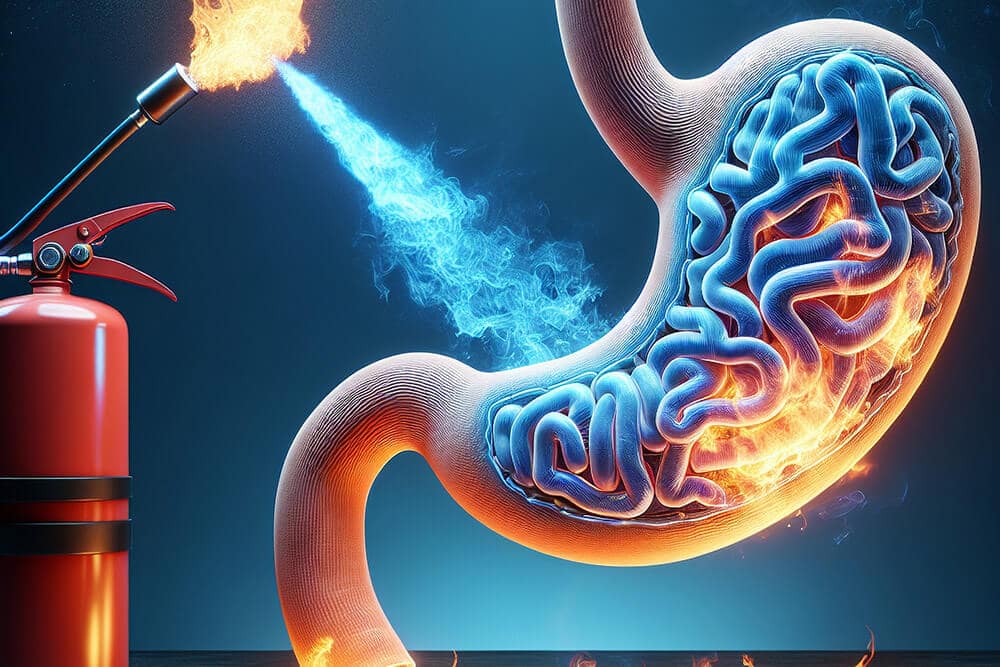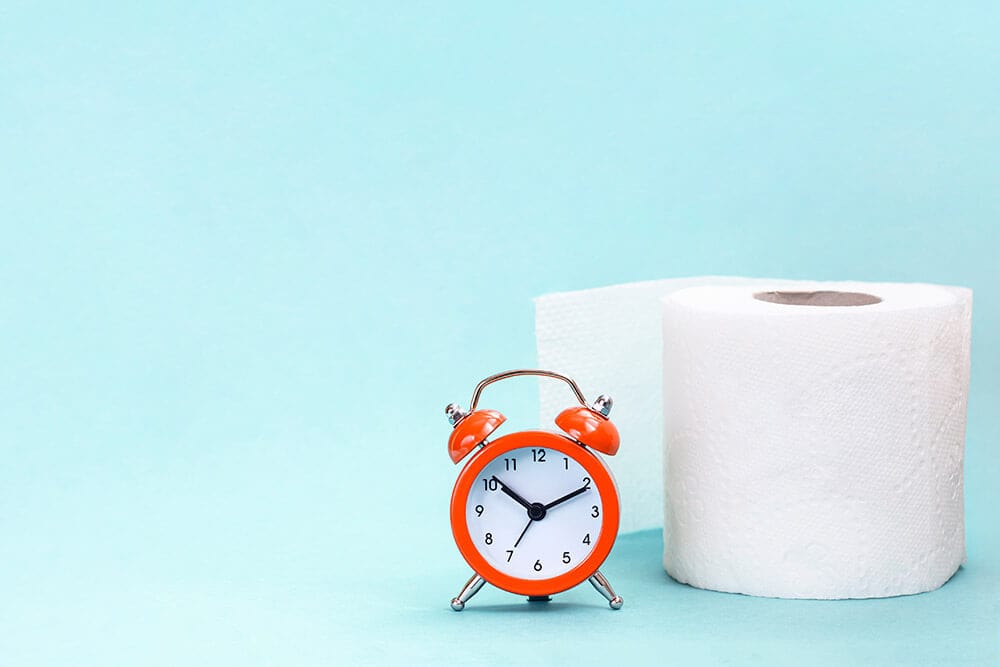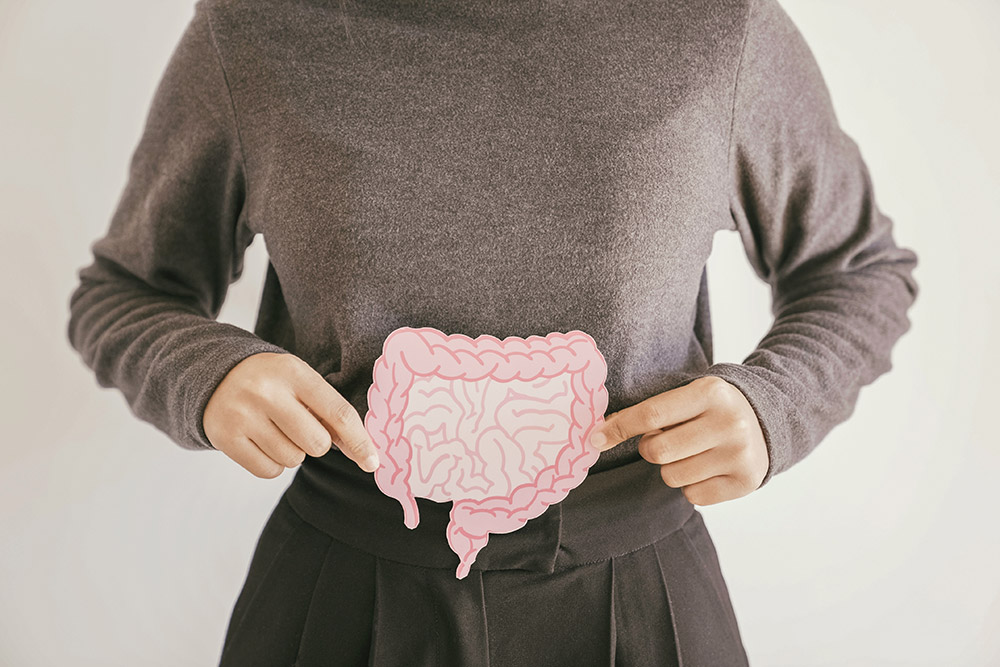How Dr. Rishi Chadha Diagnoses Tubular Adenomas
1. Comprehensive Medical History
Dr. Chadha begins by discussing your personal and family history of colon polyps or cancer, lifestyle factors, diet, and any gastrointestinal symptoms.
2. Physical Examination
A gentle abdominal exam helps check for tenderness, masses, or other signs of colorectal issues.
3. Screening Recommendations
- Colonoscopy: The gold standard for detecting and removing polyps in one procedure.
- Virtual Colonoscopy: A non-invasive CT scan alternative for eligible patients.
4. Polyp Removal & Biopsy
Any detected polyps are carefully excised (polypectomy) during the colonoscopy. Tissue samples are sent to the laboratory to confirm the diagnosis.
5. Documentation & Coding
Findings are recorded in your medical record using ICD-10 code D12.0 (Tubular adenoma of colon) to ensure accurate tracking and follow-up.
Frequently Asked Questions
What is a tubular adenoma?
A small colon polyp that may become cancer if not removed.
Are tubular adenomas precancerous?
Yes. That's why catching and removing them early is important.
How are tubular adenomas found?
They're usually discovered during a routine colonoscopy.
Do tubular adenomas cause pain?
No. Most people don-t feel anything when they have these polyps.
What is the ICD-10 code for tubular adenoma of colon?
The code is D12.0.
How often should I get a colonoscopy after finding a tubular adenoma?
Every 3 to 5 years, based on your polyp's size and number.
Can healthy habits remove existing polyps?
No-but a good diet, exercise, and avoiding smoking or excess alcohol can lower your risk of new polyps.
Is a colonoscopy painful?
No. Most patients are sedated and feel nothing during the exam.
What are fragments of tubular adenomas?
Tiny pieces of polyp tissue sent to a lab for biopsy after removal.
How do I prepare for a colonoscopy?
Follow your doctor's bowel-prep instructions: drink only clear liquids and complete the prep regimen the day before.











